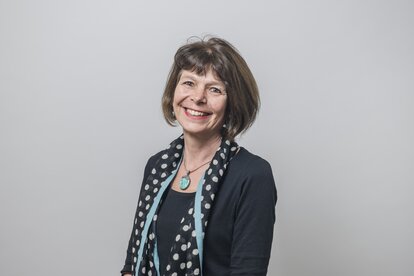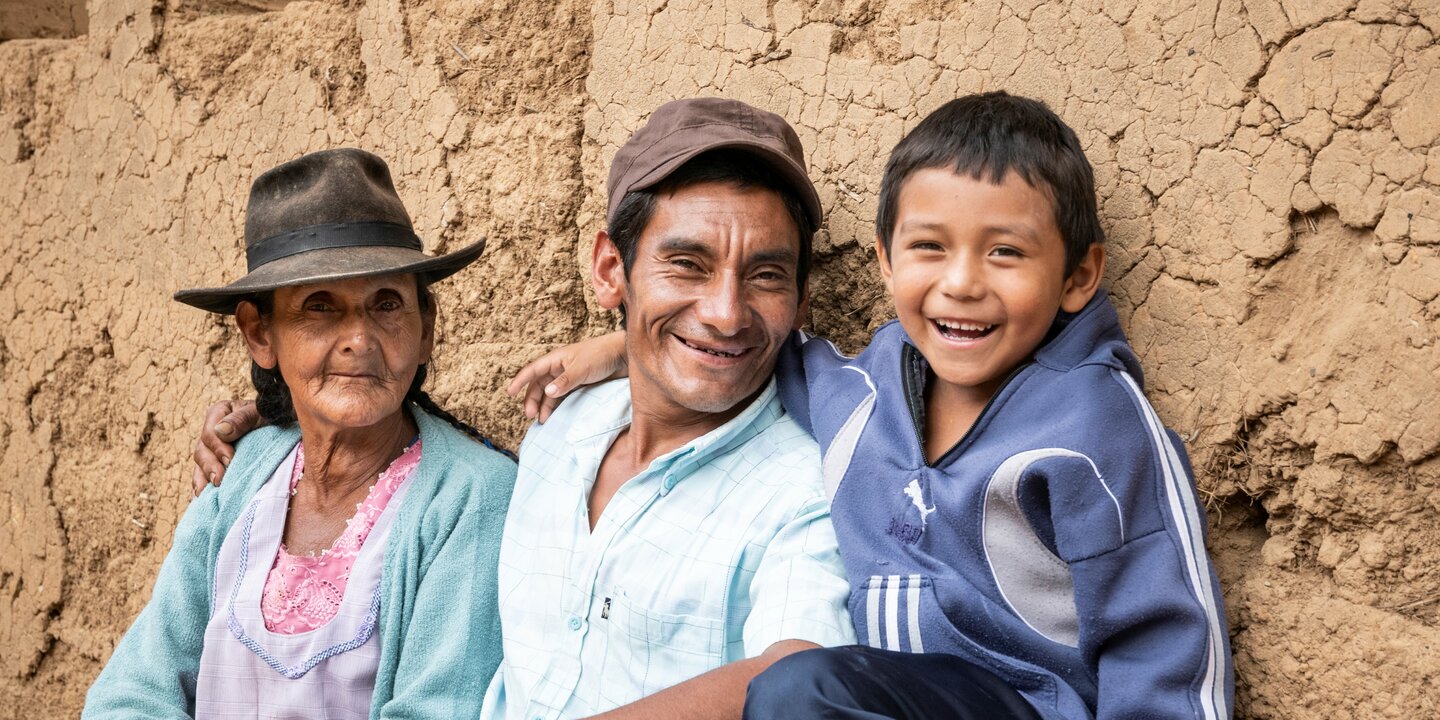Field visits bring one face to face with many personal stories, and are important reality checks. Sometimes they can become quite emotionally overwhelming – as was the case on a recent visit to the newly constructed Kumpur suspension bridge. My colleague Bhavna Adhikari and I found ourselves smothered in red vermilion and wreathed with multiple red, pink and orange flower garlands by an excited group of bridge users.
Former steel rope pulley system
Kumpur is not a remote location; the homes of those who greeted us so warmly lie a proverbial stone’s throw from the main Kathmandu – Butwal road, one of Nepal’s arterial highways. That stone, however, would need to be thrown over the large and treacherous Trishuli river, and therein lies the community’s problem. A steel rope pulley system (the local term is tuin), installed back in the 1960s, served to transport people and goods across the Trishuli. However, it had become old, rusted and visibly dangerous. This was captured by a German film crew, who in focusing on the difficulties of school children, produced a documentary entitled “The most dangerous way to school in the world”. Widely shown in Germany and Switzerland, it attracted the sympathy of many viewers, who spontaneously donated funds for the construction of a suspension bridge.
Gaining government support
Helvetas’ experience in trail bridge construction in Nepal goes back over 40 years, and has now been institutionalised within the relevant government bodies. The Trail Bridge Support Unit, (TBSU) an SDC project implemented by Helvetas continues to provide technical advice, but it is through a decentralised planning system that priority for bridge construction is assigned. Unfortunately, Kumpur bridge was not prioritised – being considered neither as isolated a location nor as having as many potential beneficiaries as other locations. Furthermore, the total cost of the bridge was somewhat more than the money that had been raised to build it. The total span is 155 metres, putting it into the category of a long span bridge – which for reasons of technical complexity has to be constructed by a contractor, rather than by a community user group (a system described in an earlier blog).
Staff of the TBSU discussed the problem with the relevant local and national government authorities. At national level, it was necessary to get the bridge to be placed on the priority list; this was done when the district authorities agreed to make up the balance of funds needed. TBSU engineer Nawaraj Moktan oversaw the site surveying and drawing up the plans; the construction work itself was then tendered to a contractor.
Making a real difference to lives
The crowd that gathered to greet us at the bridge numbered over 80. One by one, individuals stood up to tell us what the bridge meant to them. Bhagwati Lamsal, now in her 70s, spoke of how, shortly after giving birth, she had had to make the ropeway crossing and strained herself so badly that she had a uterine prolapse.
Jit Ram Sarki
Tej Nath Lamichhane, Yudha Bahadur Magar and Bitta Bahadur Magar each displayed hands minus one of two fingers – their lost fingers had been caught in the ropeway pulley. Laxmi Aryal Paudel then shyly stood up and told us her experience, bursting into tears as she did so. Brought up in the town of Butwal in the Terai (flat plains), she had married a Kumpur man and moved to the village as a young bride. Crossing the ropeway had terrified her. One day her hair got caught in the pulley and her scalp was partially torn from her head. “I was 3 days in intensive care, and over a month in hospital. That time my daughter was only a baby, and it was terrible to be without her. I’ll never forget the misery.”
Future maintenance
After all the expressions of gratitude, we turned the conversation to the future. The ropeway had become dangerous in part due to poor maintenance. Who would take responsibility for ensuring that the bridge was kept in good condition? A maintenance committee of six women and men, representative of the different groups in the community (Brahmins, Dalits and Magars) was duly appointed – not without laughter over the particular responsibilities of men. “It’s you who pee at the bridge – not us” pointed out one woman, with reference to the known problem of urine rusting the steel ropes. To avoid that eventuality, a toilet is being constructed close by.
We were accompanied back over the bridge by the women, who broke into song and dance as we reached the other side. I promised to put in writing how thankful they are to all those who contributed to making the bridge a reality.




